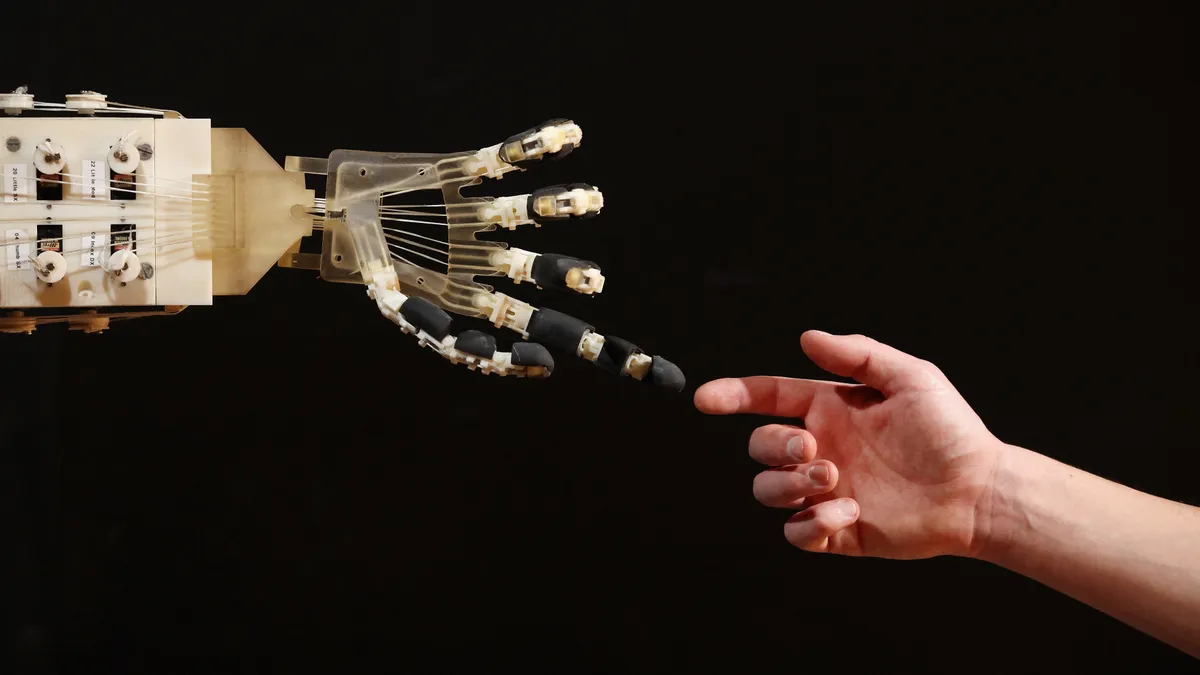The promise of future technology bringing agility and speed to the enterprise is causing CIOs and members of IT leadership to rethink strategies.
Composite architectures, algorithmic trust, and formative AI are among the leading trends listed on Gartner's 2020 Hype Cycle for Emerging Technologies. The common theme is a composable enterprise that aspires to regain society's trust in technology, said Brian Burke, research VP at Gartner.
Companies adopt the future technology stack in increments. For many, it starts with automating repeatable processes. Six in ten organizations said they are implementing or plan to implement IT automation within the next two years, according to SWZD's 2021 State of IT report. Almost half are planning IoT adoption and one-third are implementing edge computing.
Four IT leaders gave a look into what technologies will influence their future IT strategies at a panel discussion hosted by Dell Technologies on Tuesday:
Building a cloud to support a digital-first strategy
A digital-first approach is foundational to Dell's future IT strategy, Jen Felch, Dell's chief digital officer and CIO said on the panel.
The investments are a direct response to greater need for flexibility after the COVID-19 pandemic demonstrated the importance of adaptability. Managing the uncertainty while simultaneously managing the budget will be key, according to Felch.
To prepare, Dell is building the processes to become cloud-agnostic, and have the flexibility to move workloads as needed, Felch said.
From there, the IT team can still put some workloads in the public cloud, but will have a better view on which environment is best for which workload, according to Felch.
5G, automation to streamline employee processes
As a part of Honeywell's end-to-end process transformation, the company is looking toward 5G to improve speed, according to Sheila Jordan, chief digital technology officer.
The expectations around consumer experiences are bleeding into what individuals expect from the workplace. 5G technology provides faster wireless speeds than previously available. While the product team looks to incorporate 5G technology into Honeywell products, the Honeywell HQ will also be built on a 5G network for facility use, according to Jordan.
Automation is also a core part of Honeywell's strategy to speed processes
"We're announcing shortly in the organization our first-ever smart virtual assistant," which uses AI and machine learning technologies, Jordan said. Employees can ask the assistant a question, which can use its business application connections to direct individuals to the right resources.
Moving toward data-driven, human-focused operations
The City of Amarillo, Texas is using IT to create a more equitable experience for residents, CIO Richard Gagnon said.
The city implemented data analytics to improve access to services, but it increased the visibility of the digital divide residents face. "It loops back to our broadband projects, it's obviously a big thing for closing equity, I want to live in a city where all of my citizens have access to essential services," Gagnon said.
In one instance, the city's IT department is working with local educational programs to increase broadband access for students, Gagnon said. From there, the city will also gain a leg up on creating an IT job pipeline.
"We're working on how do we build this shared infrastructure into an internship program where our senior or junior level engineering and IT students can come play a part in building a modern infrastructure and maintaining it," Gagnon said.
Infrastructure to support film industry standards
Working in an academic environment, IT services are responsive to student needs. The Vancouver Film School is building its IT strategy to empower and prepare students for a professional working environment, according to Bernard Gucake, head of IT.
The IT department "work[s] closely with local studios and industry specialists to tailor our curriculum and technology to align with industry standards, equip our students with everything they need to keep them current," Gucake said.
Looking ahead, tech infrastructure will have to support 4K video resolution and faster video rendering, according to Gucake.
Correction: This article has been updated to correct the spelling of Richard Gagnon.














